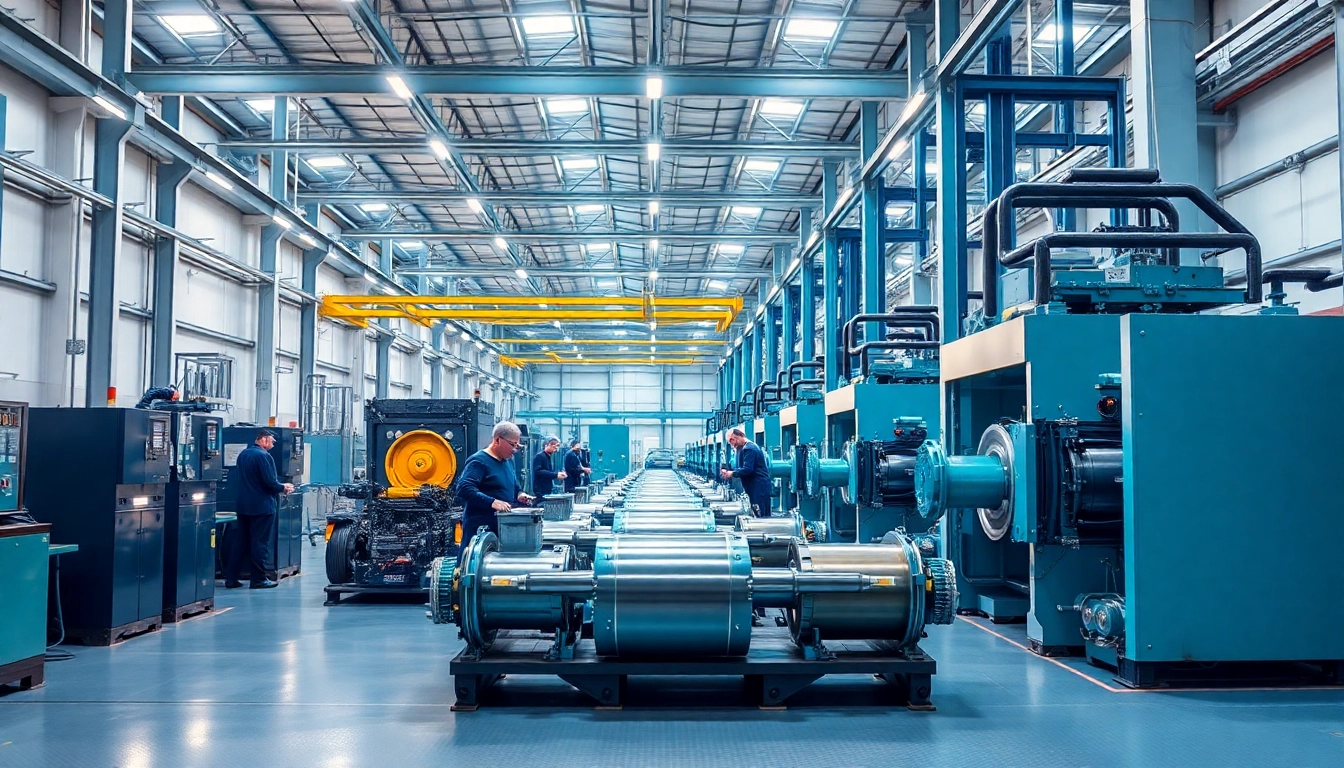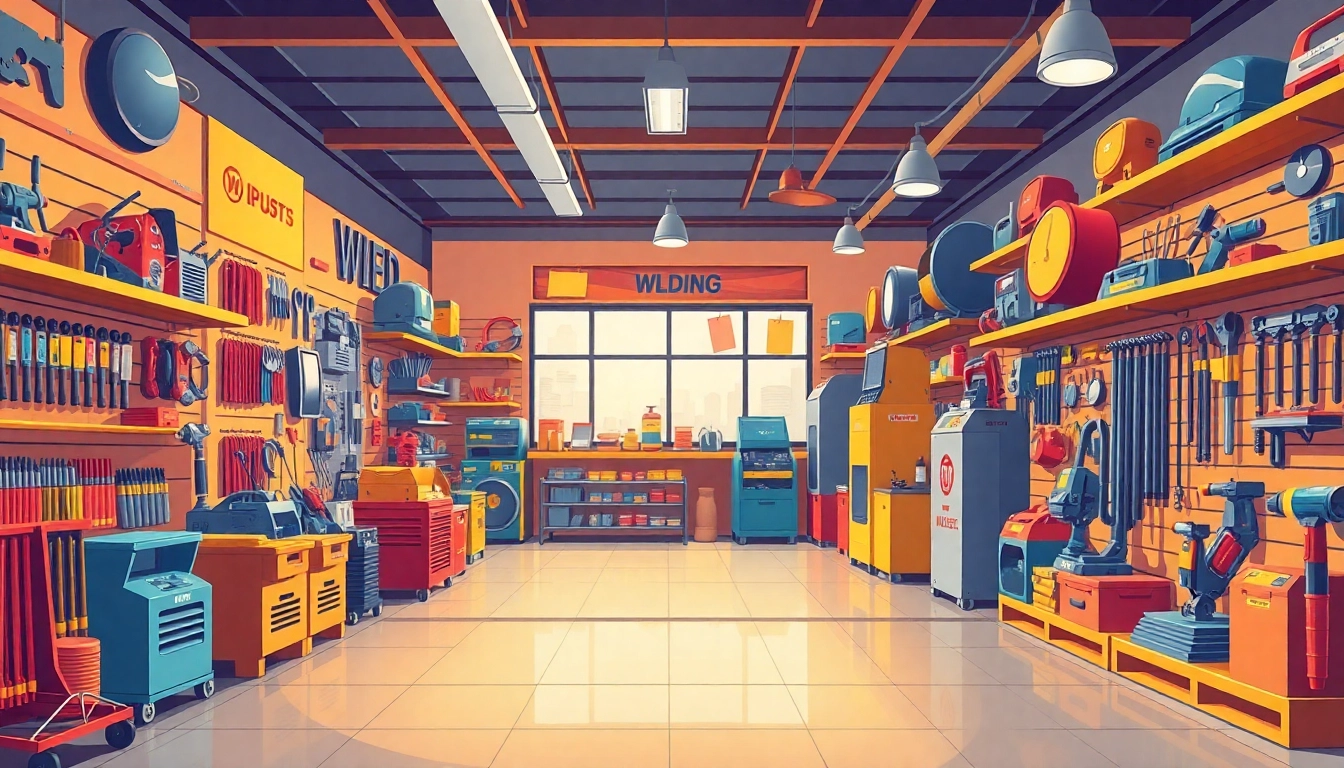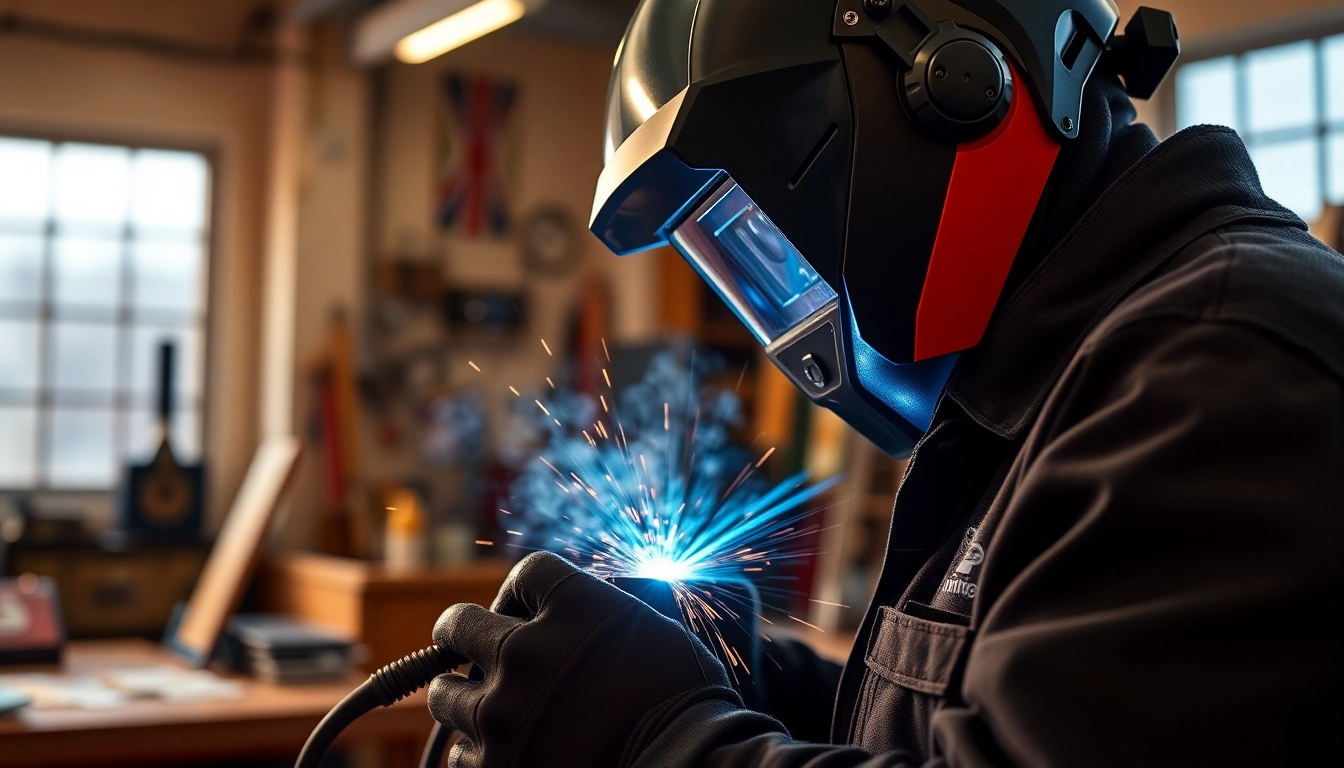Understanding Ecoating: An Overview
Ecoating, also referred to as electrophoretic painting or e-coat, is an innovative and efficient method of applying a protective finish to a variety of substrates. This process is widely utilized in the West Midlands, where a range of industries benefit from its unique properties and advantages. As a significant player in the ecoating market, ecoating west midlands offers state-of-the-art solutions that cater to the diverse needs of manufacturers, automotive companies, and other sectors. In this comprehensive guide, we will delve into what ecoating is, explore its advantages, and highlight key industries that utilize this advanced coating technology.
What is Ecoating?
Ecoating is an electrochemical process that involves the application of a paint or coating to a conductive substrate. The paint is dispersed in a water-based solution and uses electrical current to deposit the coating onto the substrate. This method ensures an even and consistent finish while utilizing less material than traditional painting techniques. The ecoating process is particularly effective for parts that require high corrosion resistance and durability, making it an ideal choice for many industries concerned with surface protection and finish quality.
Advantages of Ecoating in West Midlands
The benefits of ecoating are numerous, and they particularly resonate with businesses in the West Midlands:
- Superior Corrosion Resistance: Ecoating provides exceptional protection against rust and corrosion, utilizing a technology that allows it to reach crevices and irregular surfaces that traditional methods might miss.
- Eco-Friendly Process: As ecoating uses water-based coatings, the process emits lower volatile organic compounds (VOCs), aligning with increasing environmental regulations and sustainability practices.
- Cost Efficiency: The electrocoating process requires less paint and provides quicker drying times, which can lead to reduced operational costs.
- Uniform Coating Thickness: Ecoating ensures consistent thickness across the entire substrate, which is vital for areas exposed to harsh conditions.
- Customization Options: With a variety of colour and finish choices available, businesses can easily customize the aesthetics of their products.
Key Industries Utilizing Ecoating
Several industries in the West Midlands are leveraging ecoating technologies to improve their products’ performance and lifespan. Some of the most prominent sectors include:
- Automotive: The automotive industry extensively uses ecoating for vehicle parts because of its excellent durability and resistance to wear. This process helps protect against the rigors of daily use.
- Aerospace: Components in aircraft benefit from ecoating due to its lightweight properties and diverse finish options, ensuring both performance and aesthetic appeal.
- Construction: Building materials often undergo ecoating to enhance their resistance to environmental stresses, thereby prolonging their service life.
- Consumer Electronics: Ecoating is also employed in manufacturing products such as mobile phone casings, where aesthetic quality and durability are crucial.
How the Ecoating Process Works
The ecoating process comprises several essential steps that require specialized equipment and techniques. Understanding these stages can help businesses better appreciate how ecoating can be integrated into their production lines.
Step-by-Step Guide to Electrocoating
- Preparation: The substrate is thoroughly cleaned and pre-treated to ensure proper adhesion. This step may include chemical cleaning and surface profiling.
- Electrophoresis: The substrate is submerged in a bath containing the ecoat solution. When an electrical current is applied, paint particles migrate towards the substrate and adhere to it.
- Rinsing: After the electrophoretic deposition, the coated substrate is rinsed to remove any excess coating that did not adhere.
- Curing: The coated substrate undergoes a curing process, typically involving heat, to create a durable finish. This step solidifies the coating and enhances its properties.
- Quality Inspection: Finally, the coated component is inspected for quality control to ensure that it meets specifications and standards.
Essential Equipment for Efficient Ecoating
To effectively implement ecoating, certain equipment is essential:
- Electrophoretic Coating Tanks: These tanks facilitate the immersion of parts during the coating process.
- Power Supply: A reliable power source regulates the electrical current necessary for the deposition process.
- Heating Equipment: For the curing stage, heating elements ensure uniform temperature distribution.
- Filtration Systems: These systems help maintain the quality of the ecoat solution by removing contaminants.
Factors Affecting Ecoating Quality
The quality of the ecoating process can be influenced by several factors, including:
- Substrate Preparation: Inadequate cleaning and preparation can lead to poor adhesion.
- Coating Bath Composition: The formulation of the ecoat solution plays a vital role in the performance of the final coating.
- Temperature Control: Maintaining the correct temperature during curing is crucial for achieving optimal durability.
- Electrical Current Settings: Adjustments to the electrical parameters can affect the thickness and uniformity of the coating.
Choosing an Ecoating Provider in the West Midlands
Selecting the right ecoating provider is essential for businesses that wish to incorporate this technology into their operations. Key considerations can help streamline this decision-making process.
Top Considerations for Selecting a Service
When evaluating ecoating providers, businesses should consider the following:
- Experience and Reputation: Research the provider’s track record in the industry, including case studies and testimonials from previous clients.
- Technology and Equipment: Ensure that the provider has access to modern equipment and technology to facilitate high-quality ecoating services.
- Customization Options: Look for a provider that can accommodate specific needs such as unique colours, finishes, and protective properties.
- Lead Time: Understand the expected lead times and any associated costs to manage your production schedules effectively.
Comparing Costs Among Local Providers
The cost of ecoating services can vary widely among providers in the West Midlands. Evaluating multiple quotes can help businesses find the best value. Factors that influence price include:
- Volume of Coating: Higher volumes typically yield better rates, making bulk orders more economical.
- Additional Services: Providers may offer ancillary services such as packaging or transportation, influencing overall costs.
- Material Used: The selected type of ecoat can considerably impact the pricing depending on its quality and properties.
Customer Reviews and Case Studies
Investigating customer reviews and detailed case studies can provide insights into a provider’s reliability and quality of service. Remember to check:
- Online Reviews: Websites such as Google, Trustpilot, and industry-specific forums can offer genuine customer experiences.
- Case Studies: Request case studies from potential providers to understand how they address challenges and solutions specific to your industry.
Best Practices for Ecoating Applications
Implementing best practices in the ecoating process can significantly enhance performance and cost-effectiveness. This section discusses critical factors that contribute to successful ecoating applications.
Pre-Treatment and Cleaning Processes
Proper pre-treatment is fundamental in ensuring the success of the ecoating process. Effective cleaning processes may involve:
- Chemical Cleaning: Utilizing solvents and detergents that effectively remove grease, oil, and other contaminants from the substrate.
- Mechanical Cleaning: Methods such as sandblasting or grinding can be used to prepare the surface by creating a texture that promotes adhesion.
- Phosphate Coating: Applying a phosphate layer can enhance corrosion resistance and improve adhesion of the ecoat.
Post-Treatment Techniques for Durability
After the ecoating process, employing post-treatment techniques can extend the longevity of the coating:
- Sealing: Applying a sealant can provide additional protection against the elements and enhance the look of the finish.
- Inspection and Touch-ups: Conducting thorough inspections allows for any necessary touch-ups, ensuring a uniform finish and eliminating potential issues.
Maintaining Ecoated Surfaces
Ongoing maintenance is vital for preserving the benefits of ecoated surfaces. Best practices include:
- Regular Cleaning: Establish a cleaning schedule to remove dirt and grime that can compromise the coating over time.
- Inspections: Conduct routine inspections to identify any wear and tear that may require repairs before severe damage occurs.
The Future of Ecoating in the West Midlands
As industries continue to evolve, so does the ecoating landscape. Emerging technologies and trends will shape the future of ecoating in the West Midlands.
Innovations in Ecoating Technology
Future innovations may include:
- Smart Coatings: These responsive coatings can change properties based on environmental stimuli, enhancing performance under varying conditions.
- Advanced Automation: Automation will streamline ecoating processes, improving efficiency and consistency while reducing manual labour.
Environmental Impact and Sustainability Trends
With growing environmental concerns, the ecoating industry is moving towards more sustainable practices, including:
- Biodegradable Coatings: Research is underway for eco-friendly coatings that decompose naturally, reducing landfill waste.
- Recycling and Reuse: Techniques to recycle the ecoat solution and other materials will likely become mainstream to minimize waste.
Regulatory Standards for Ecoating Facilities
As regulations surrounding industrial processes tighten, adhering to the latest standards is paramount. Ecoating facilities in the West Midlands must comply with:
- Safety Regulations: Facilities should implement health and safety protocols to protect workers and the environment.
- Environmental Guidelines: Continuous monitoring for pollutants and adherence to emissions standards will be critical in the coming years.
In conclusion, ecoating stands out as a premier solution for versatile surface protection across various industries in the West Midlands. Understanding the process, selecting the right provider, and adhering to best practices are crucial steps for businesses aiming to leverage the benefits of this technique. As technology advances, those who embrace these innovations will secure their positions at the forefront of the market.



